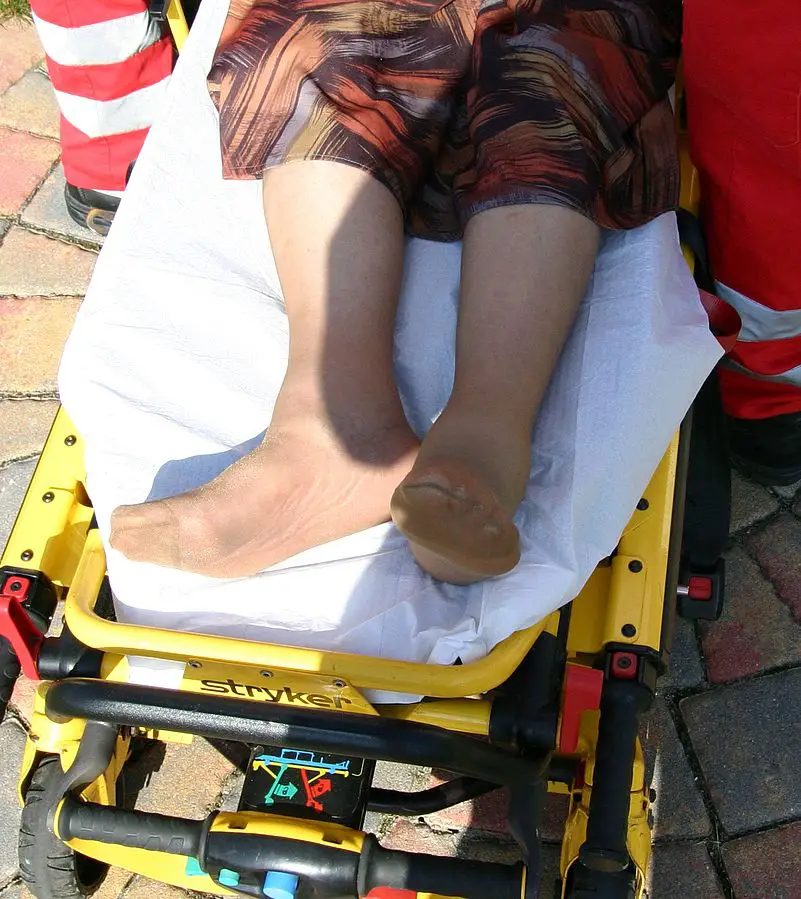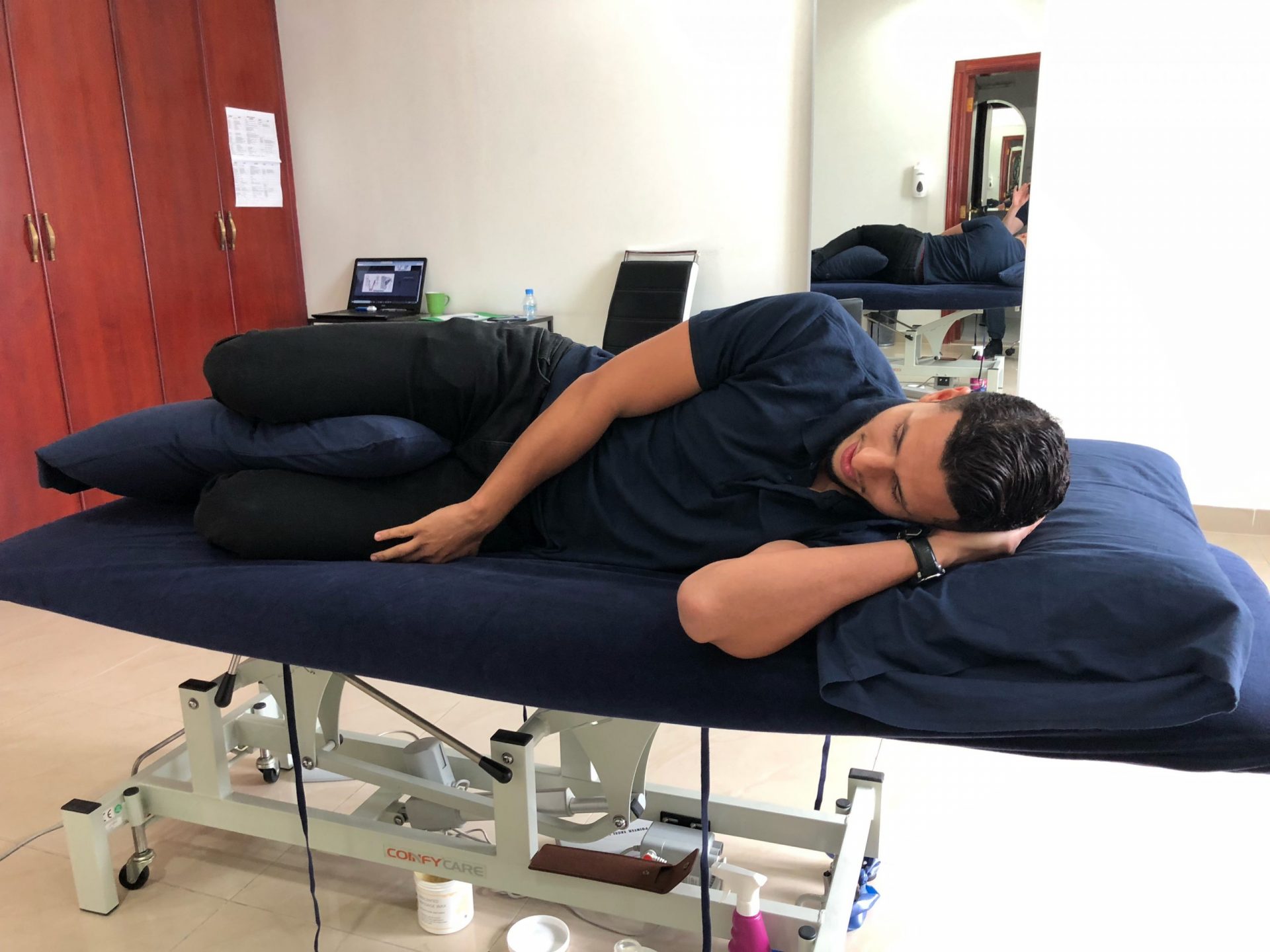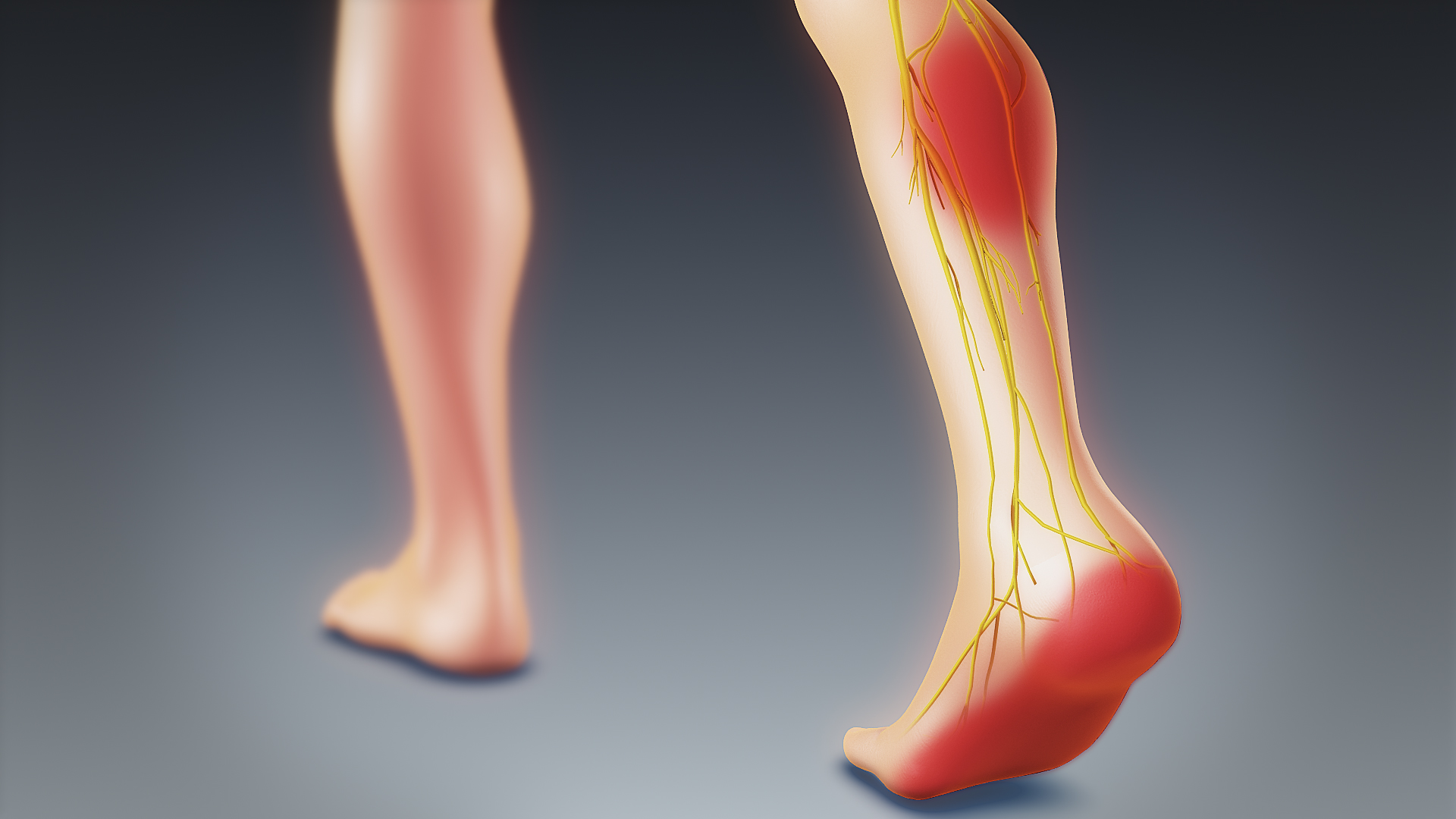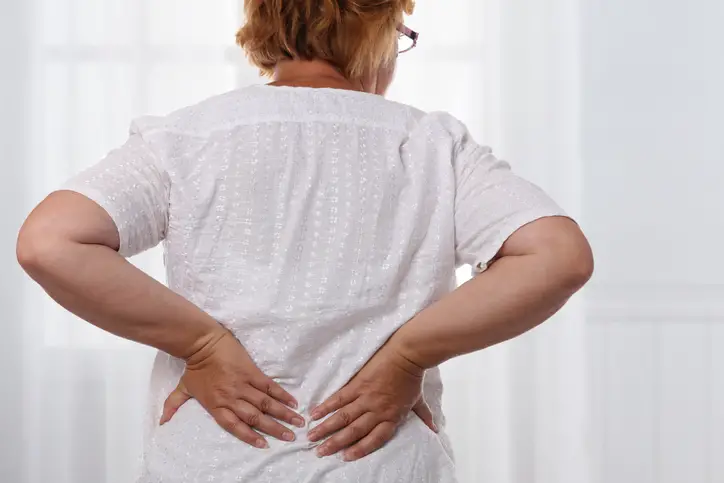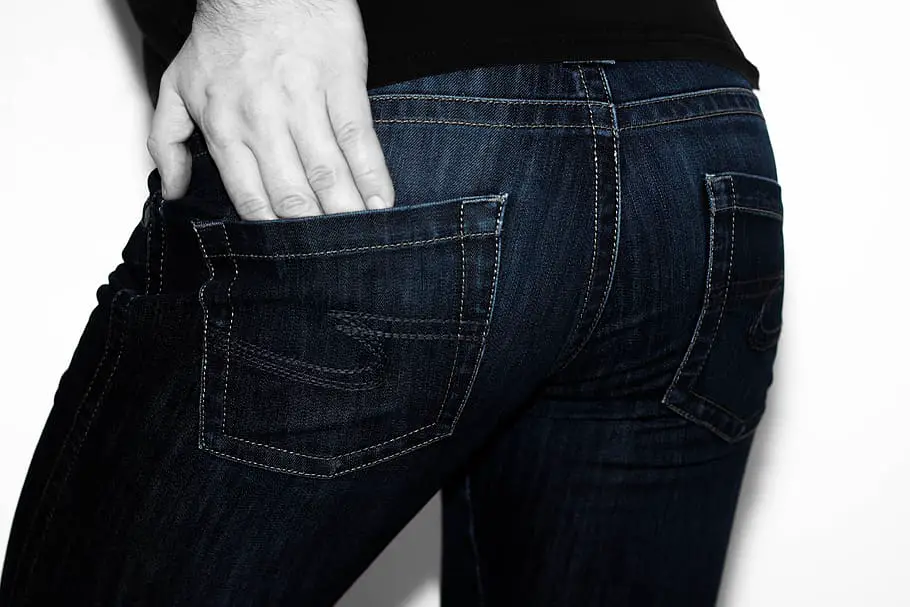If you fall and feel a hip pain, you may fear that you have fractured the neck of your femur. This is a common injury after a fall, which can be very serious if not treated properly.
In this article, we will discuss the symptoms of a femoral neck fracture and what to do if you think you have one (or any other hip pain from a fall).
hip anatomy
La hip is a ball and socket joint which connects the leg to the torso. It allows a wide range of motion, including flexion, extension and rotation. The spherical part of the joint is formed by the head of the femur, while the cavity is formed by a cup-shaped bone located in the pelvis (acetabulum).
The joint is held together by a network of ligaments and muscles, which stabilize the bones and allow fluid movement.
The hip is a bearing joint, which means it supports the weight of the body during activities such as walking and standing. Therefore, it is subject to wear and tear over time. This can lead to pathologies such as osteoarthritis, which can cause pain and stiffness.
There are, however, many ways to prevent or relieve hip pain, such as exercise, stretching, and pain medication. With proper care, the hip can remain healthy and strong for many years.
Hip pain after a fall: Is it a fracture?
A hip fracture is a rupture that occurs in the upper part of the femur (thigh bone). Since the femur is one of the strongest bones in the body, a hip fracture can constitute a serious injury.
It is more common in older people, who are more likely to fall and less likely to heal quickly from a fracture. A hip fracture can cause significant pain and disability, and can lead to other health problems.
For example, people who have a broken hip are at risk of pneumonia and blood clots. Hip fractures can also lead to long-term problems, such as osteoarthritis.
What are the other causes of traumatic hip pain?
Hip pain can have many causes, including:
- Excessive stress on the hip, such as when running or other high-impact activities, can lead to inflammation and pain.
- Trochanteric bursitis, for example, is often the result of overuse or injury to the bursa, a small sac of fluid that cushions the hip joint.
- tendinopathy, meanwhile, is a condition that affects the tendons located around the hip joint. It can be caused by repetitive movements or poor form during physical exercises.
- In addition, congenital dysplasia, or a malformation of the hip socket, can increase the likelihood of developing hip pain later in life.
- La pubalgia, finally, is a condition that occurs when the muscles and ligaments of the pubic area are tense or inflamed. It can be caused by pregnancy, childbirth or even excessive weight gain.
All of these conditions can lead to significant hip pain and should be treated by a qualified medical professional.
Hip pain after a fall: What to do after a fall?
A hip pain after a fall can be a sign of a serious injury. If you fall and feel a hip pain particular, it is important not to put weight on the leg.
This could exacerbate the injury and lead to further complications.
Once you have been assessed by a medical professional, they will be able to advise you on the best way to treat your injury and the treatments needed to ensure a full recovery.
It is essential to follow its instructions to avoid further harm and achieve a positive result.
What is the procedure for establishing a diagnosis and imaging?
If you feel a hip pain after a fall, the first step is to see your doctor or an urgent care center. He will ask you about your symptoms and medical history and perform a physical exam.
In some cases, X-rays may be ordered to rule out other potential causes of hip pain, such as arthritis
Additionally, computed tomography (CT) or magnetic resonance imaging (MRI) may be used to get a more detailed picture of the hip joint and surrounding structures.
These imaging tests can help confirm the diagnosis of a hip fracture and assess the severity of the injury.
Hip pain after a fall: Treatment and surgery
Treatment of hip pain after a fall depends on the underlying cause, condition and whether or not a fracture is present.
Treatment in the event of a fracture
This treatment usually involves the use of a hip screw or other fixation device to stabilize the bone and allow it to heal. In some cases, surgery may be avoided depending on the fracture and the patient's condition.
Treatment if there is no fracture
Treatment will depend on the underlying cause of the hip pain. For example, if bursitis is suspected, corticosteroid injections or an physical therapy (physiotherapy) can be recommended.
People with tendinopathy may benefit from a combination of rest, ice, heat, and physical therapy.
Finally, people with pubalgia may find relief with over-the-counter pain relievers and/or a physical therapy and pelvic floor.
Surgery is usually not necessary for hip pain that are not caused by a fracture. However, in some cases, especially when congenital lesions are present, or if the labrum is affected, surgery may be recommended.
This is particularly true if no improvement is observed despite well-conducted conservative treatment.

